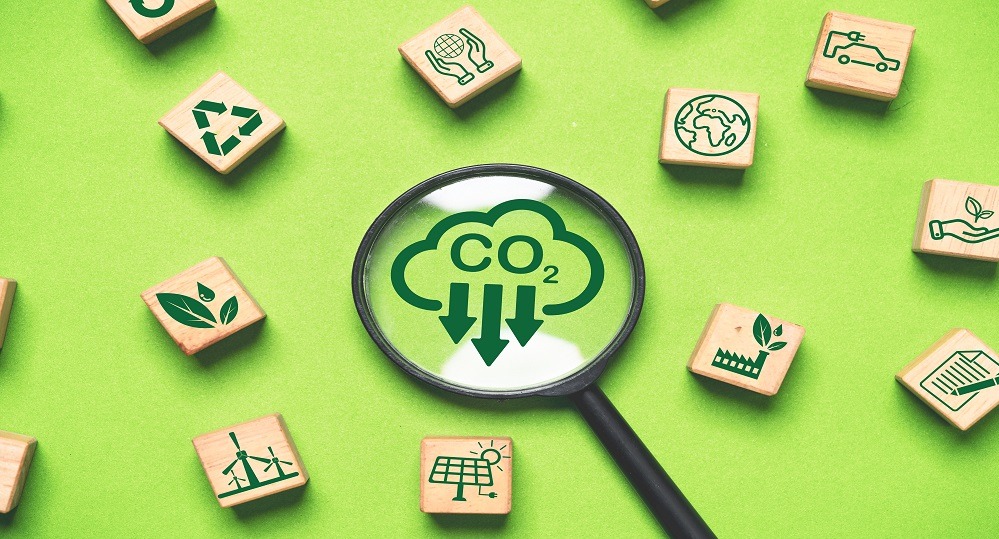Carbon Dioxide Removing Additive for Textiles

KEY INFORMATION
Chemicals - Additives
TECHNOLOGY OVERVIEW
As rapid global warming accelerates, the need for increased sustainability efforts has become a critical societal challenge. While individual lifestyle changes can contribute, their impact remains limited without broader systemic shifts. This places significant pressure on industries, particularly the fashion & textiles sector, a major contributor to climate change responsible for 10% of global greenhouse gas emissions. Decarbonising this industry is therefore crucial to achieving a sustainable future.
This technology enables textiles and fabrics to remove carbon dioxide (CO2) from air. The patent-pending material functionalises textiles to capture CO2 present in air which is sequestered into a harmless mineral during the laundering process. The resultant mineral which is environmentally safe is then washed away, leaving the textile recharged to remove CO2 once more. With this technology, decarbonisation of the textiles industry can be achieved through the decentralised action of consumers utlising functionalised carbon removing products.
The technology owner is interested in working with interested companies in the fashion industry value chain to test-bed this new material for carbon removing apparel and fabrics.
TECHNOLOGY FEATURES & SPECIFICATIONS
The technology is formulated and provided in a liquid formulation, to be a drop-in process where it is embedded in textiles during the “finishing stage” (last step) of a textile mill.
Some features of the carbon removing technology include:
- Continual recharging of functionalised textiles through normal laundering process
- Forms a stable and environmentally friendly mineral upon sequestration of CO2 by regular detergent
- Lasts at least 10 washing cycles
- Can be embedded with standard finishing equipment (particularly at the padding and stenting steps)
- Currently optimised for cellulose based textiles but proof of concept has demonstrated polyester, polyamide, wool and blends thereof
POTENTIAL APPLICATIONS
This technology has been designed for textiles – both for apparel and functional fabrics. It can also be considered for non-woven materials as well as for other applications such as coatings.
Market Trends & Opportunities
Facing immense pressure to reduce its environmental impact, the fashion and textiles industry, a major contributor to global warming, seeks sustainable solutions that don't disrupt its fast-paced production. With an addressable global market of US$227 billion for textiles, this innovative technology offers a solution to textile manufacturers to reduce the industry’s carbon footprint. This empowers consumers to become active participants in combating climate change, simply by choosing clothes made with this technology.
Unique Value Proposition
- Offers a proprietary, environmentally safe carbon removal solution for textile industry
- Continual usage of the functionalised textiles – textiles are rechargagle to remove CO2 multiple times
- Does not require the adoption of new machinery or processes for its implementation
